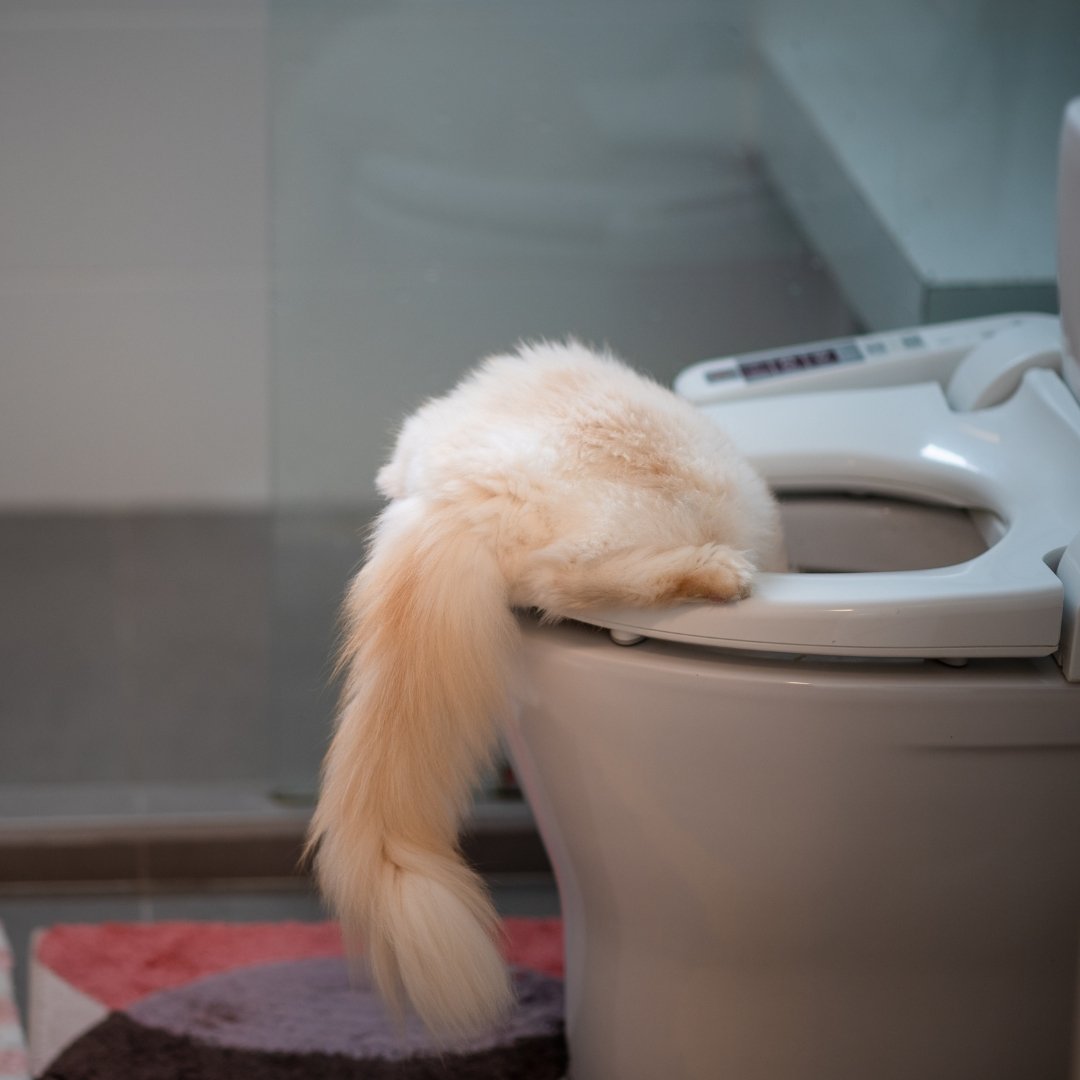Avoid Plumbing Problems: Don't Flush Cat Poop Down Your Toilet - Professional Advice
Avoid Plumbing Problems: Don't Flush Cat Poop Down Your Toilet - Professional Advice
Blog Article
Here in the next paragraph yow will discover a good deal of excellent content all about How to Dispose of Cat Poop and Litter Without Plastic Bags.
Intro
As cat proprietors, it's vital to bear in mind how we deal with our feline pals' waste. While it may appear hassle-free to purge pet cat poop down the bathroom, this practice can have detrimental consequences for both the setting and human health and wellness.
Environmental Impact
Purging pet cat poop presents dangerous microorganisms and parasites right into the water, posing a substantial risk to water ecosystems. These contaminants can adversely impact marine life and concession water top quality.
Health and wellness Risks
In addition to environmental problems, flushing feline waste can additionally pose health and wellness threats to human beings. Feline feces might include Toxoplasma gondii, a parasite that can trigger toxoplasmosis-- a possibly serious ailment, especially for expecting ladies and individuals with weakened immune systems.
Alternatives to Flushing
The good news is, there are more secure and extra liable means to dispose of feline poop. Consider the following alternatives:
1. Scoop and Dispose in Trash
One of the most typical method of dealing with feline poop is to scoop it right into an eco-friendly bag and throw it in the garbage. Make certain to utilize a devoted litter inside story and throw away the waste promptly.
2. Usage Biodegradable Litter
Select naturally degradable cat clutter made from products such as corn or wheat. These litters are eco-friendly and can be safely thrown away in the trash.
3. Hide in the Yard
If you have a yard, consider hiding cat waste in a marked area far from vegetable yards and water resources. Make certain to dig deep enough to stop contamination of groundwater.
4. Mount a Pet Waste Disposal System
Buy an animal waste disposal system particularly designed for feline waste. These systems use enzymes to break down the waste, lowering odor and ecological influence.
Final thought
Liable animal possession extends past providing food and shelter-- it additionally involves appropriate waste monitoring. By refraining from purging cat poop down the bathroom and opting for alternate disposal approaches, we can minimize our environmental impact and shield human health and wellness.
Why Can’t I Flush Cat Poop?
It Spreads a Parasite
Cats are frequently infected with a parasite called toxoplasma gondii. The parasite causes an infection called toxoplasmosis. It is usually harmless to cats. The parasite only uses cat poop as a host for its eggs. Otherwise, the cat’s immune system usually keeps the infection at low enough levels to maintain its own health. But it does not stop the develop of eggs. These eggs are tiny and surprisingly tough. They may survive for a year before they begin to grow. But that’s the problem.
Our wastewater system is not designed to deal with toxoplasmosis eggs. Instead, most eggs will flush from your toilet into sewers and wastewater management plants. After the sewage is treated for many other harmful things in it, it is typically released into local rivers, lakes, or oceans. Here, the toxoplasmosis eggs can find new hosts, including starfish, crabs, otters, and many other wildlife. For many, this is a significant risk to their health. Toxoplasmosis can also end up infecting water sources that are important for agriculture, which means our deer, pigs, and sheep can get infected too.
Is There Risk to Humans?
There can be a risk to human life from flushing cat poop down the toilet. If you do so, the parasites from your cat’s poop can end up in shellfish, game animals, or livestock. If this meat is then served raw or undercooked, the people who eat it can get sick.
In fact, according to the CDC, 40 million people in the United States are infected with toxoplasma gondii. They get it from exposure to infected seafood, or from some kind of cat poop contamination, like drinking from a stream that is contaminated or touching anything that has come into contact with cat poop. That includes just cleaning a cat litter box.
Most people who get infected with these parasites will not develop any symptoms. However, for pregnant women or for those with compromised immune systems, the parasite can cause severe health problems.
How to Handle Cat Poop
The best way to handle cat poop is actually to clean the box more often. The eggs that the parasite sheds will not become active until one to five days after the cat poops. That means that if you clean daily, you’re much less likely to come into direct contact with infectious eggs.
That said, always dispose of cat poop in the garbage and not down the toilet. Wash your hands before and after you clean the litter box, and bring the bag of poop right outside to your garbage bins.
https://trenchlesssolutionsusa.com/why-cant-i-flush-cat-poop/

As a fervent person who reads about Can You Flush Cat Poop Down The Toilet?, I figured sharing that piece of writing was really useful. If you please set aside a second to share this content if you liked it. Many thanks for your time. Please come visit our website back soon.
Schedule A Free Estimate Report this page